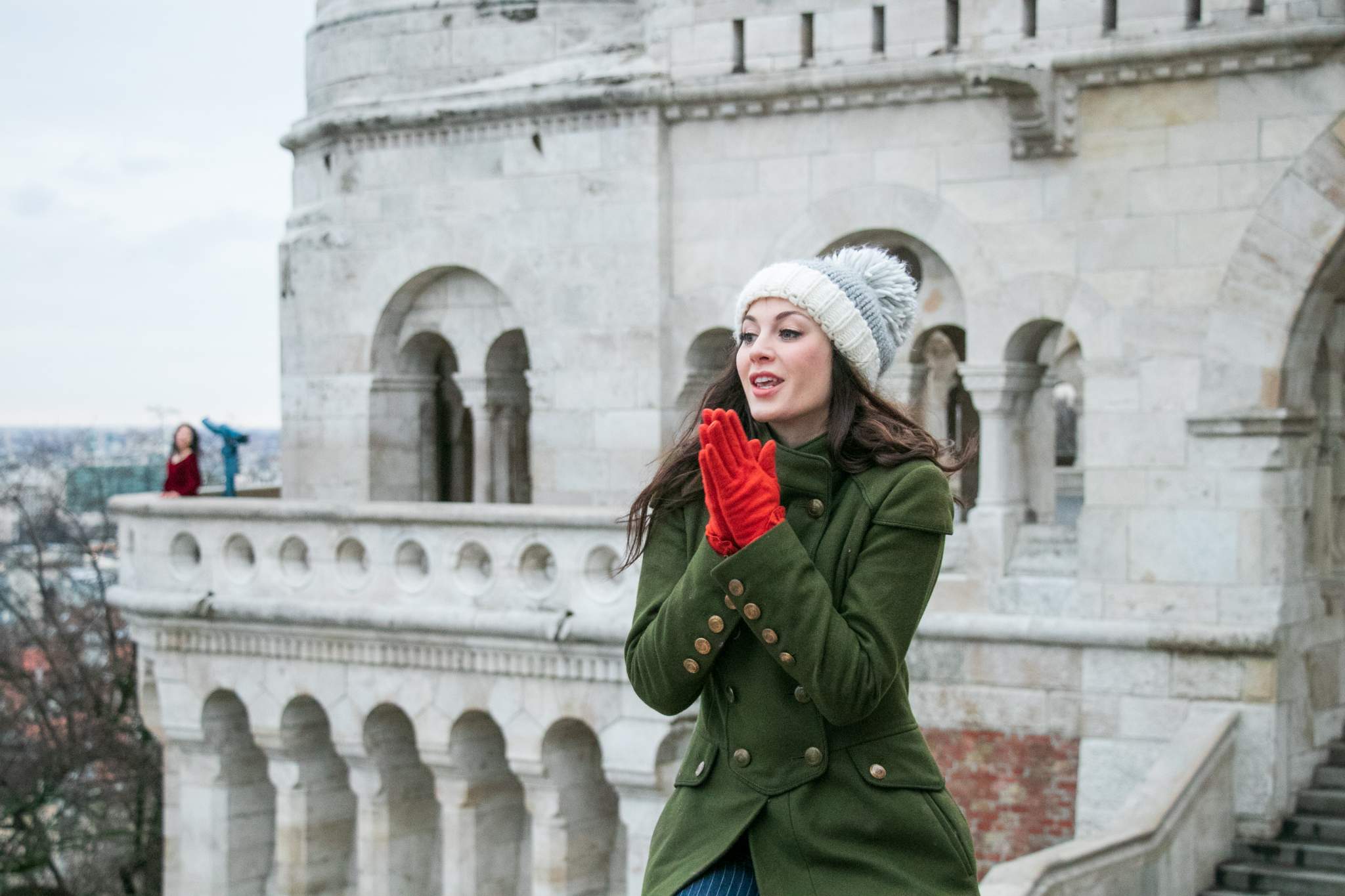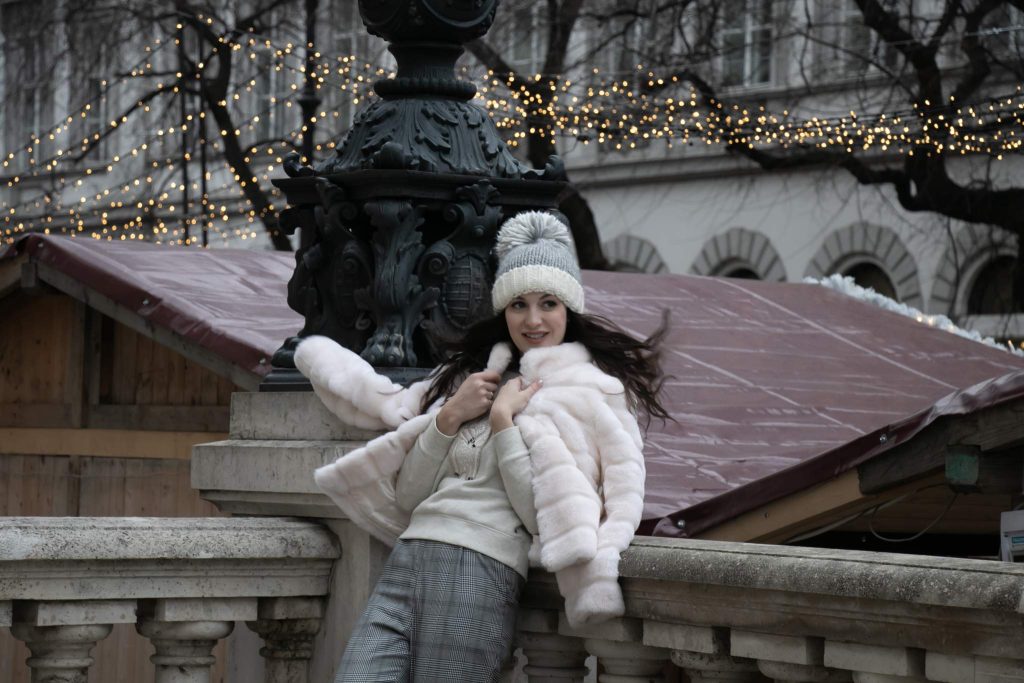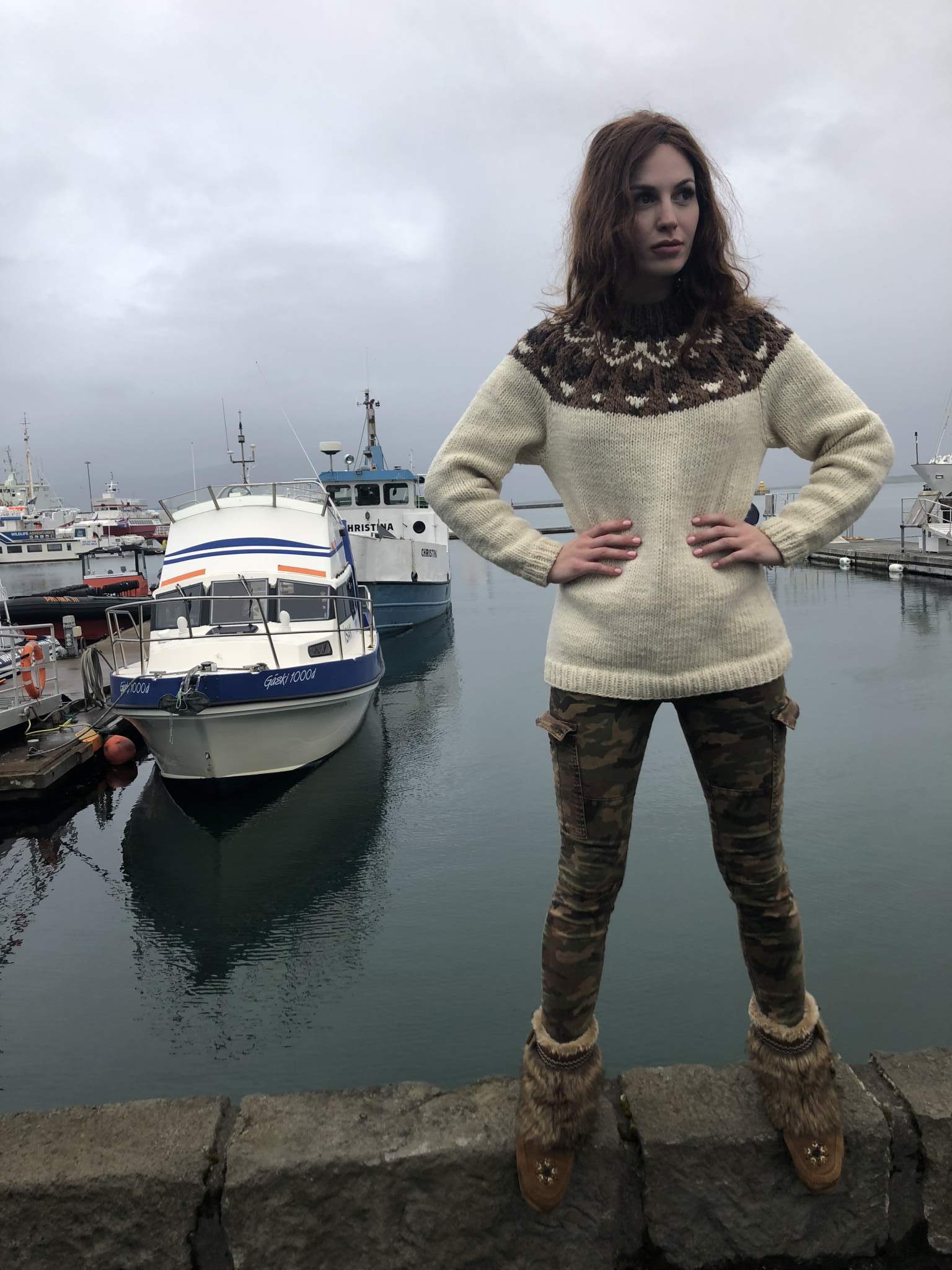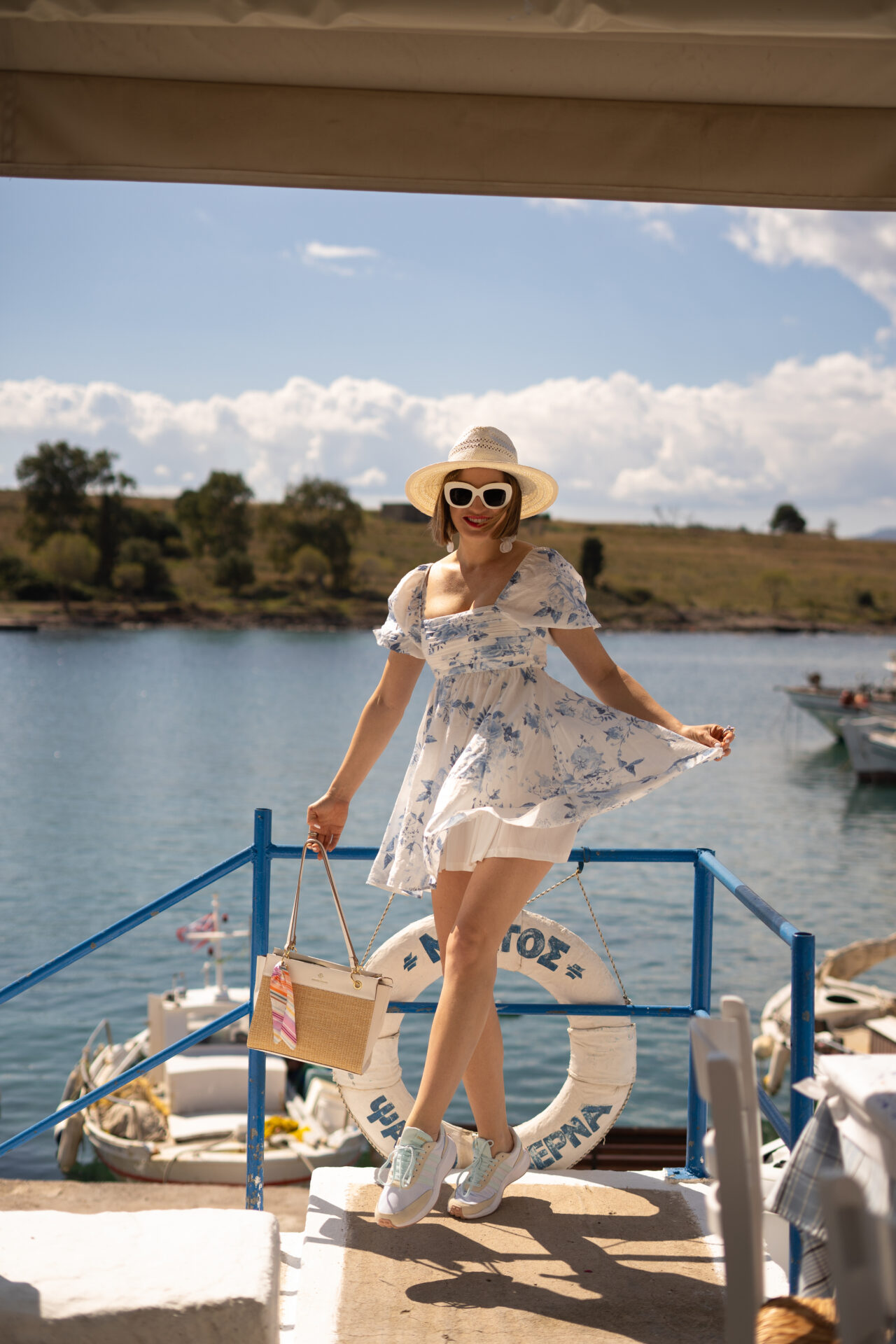
What To Pack For Winter In Europe
Europe in winter: What to Pack
Europe is a fascinating travel destination. History, architecture, traditions, gastronomy – each country offers it all to those who are eager to discover its beauty. A mix of the new and the old create a rainbow of sensations along the way. Europe is full of tourists in summer, when the countries around the Mediterranean, in particular, are in great demand, for obvious reasons.
What to wean in Europe in winter
But Europe is also great to visit in winter when tourist numbers are down (except at Christmas and in the ski resorts), and travel experiences are quieter and more relaxed. The climate in central and Southern Europe does not impede a successful holiday, especially if you are careful enough about the clothes you pack for your winter travels and if you take a clever ‘tactic’ about the clothes you put on when you leave your hotel.
Average weather conditions in Central/Southern Europe in winter
The weather in central/Southern Europe is not a scarecrow. Especially with the climate change of recent years, marked by global warming, the harsh winters of yesteryear have all but disappeared. Of course, extreme weather events have emerged, so you may – depending on the country – get a few days of extreme frost or, conversely, unexpected spring-summer temperatures right in the middle of January.
In central European countries, where the Alps are located, the climate is generally cold in winter. Temperatures often drop below freezing, and if you want to include in your trip a visit to the famous Christmas markets in Austria, Germany, France, or northern Italy, you should bear in mind that temperatures will be low and snow is likely.
But suppose you head south to Portugal, southern Spain, southern Italy, southern France, Croatia, or Greece. In that case, you’ll be greeted by a milder winter, a pleasant Mediterranean climate with sunshine and favorable temperatures, perfect for any trip where you don’t have to dress like an Eskimo.
Things to pack for a winter trip in Europe
If you’re planning a longer trip to Europe in winter, visiting several countries in different parts of the old continent, the first and best suggestion is to wear layers. Exactly: like an onion! And that’s because layers always give you more choice, as long as you have on a base layer, a middle (or intermediate) layer, and an outer layer, and you can easily drop the last one or two if temperatures rise too high.

This is, in fact, the three-layer rule, each layer having its role. The first layer gives you the comfort you need, keeps you warm, and keeps your skin dry. The second layer also keeps your body in a relaxed state, and the third layer protects you from wind and moisture.
So here are some suggestions of clothes to pack for Europe in winter, from each layer category:
Base layer. The base layer gives you the feeling of warmth and comfort while keeping your skin dry, so it’s very important that it’s made of 100% natural fibers and that you feel very comfortable in it. So, the base layer should absorb moisture and transfer it to the outside, keeping your skin dry. For city outfits, choose a cotton blouse or undershirt. If you decide to do more intense activities, you should avoid cotton, as sweat will soak in, and your skin will stay wet all the time, which is particularly dangerous for your health.
For the base layer, which includes underwear, pack:
– A thin but warm undershirt (possibly made of merino wool) with long sleeves, which can be a turtleneck
– A merino wool T-shirt
– A tank top
– A pair of tights
– Warm stockings
The principle of using wool garments for the base layer comes from the Northerners. They believe that these garments have a high capacity to absorb moisture without leaving a cold feeling on the skin and are far superior to cotton or synthetic fibers.
Middle layer. Responsible for maintaining a comfortable temperature for your body is the intermediate layer, which acts as an insulator. This layer includes sweaters, cardigans, down jackets, and even jackets. Wool, cashmere, or cotton sweaters have the advantage of keeping you warm, but they also have the disadvantage that if they get wet, they are very hard to dry. An excellent choice is a down jacket. The major advantage of this garment is that if it is worn as a mid-layer, it compresses and becomes less warm but more comfortable.
Depending on where you’re going and where you’re going to end up, pack for the mid-layer:
– A flannel shirt
– A fleece/wool pullover
– A down jacket
– A pair of jeans
– Cardigans
Outer layer. This layer is not necessarily meant to keep body heat in but rather to act as a shield against the bad weather. And remember that in Europe, winters can be very rainy sometimes. This layer protects you from snow, rain, or wind. That doesn’t mean it doesn’t also have a role in keeping you warm inside, so don’t choose clothes with perforations or cotton inserts. Opt for waterproof materials, leather, or fleece. For the outer layer, you can choose a coat, trench coat, parka, long quilted jacket, or overcoat. But in principle, and, again, depending on your future destination, choose one of these two options:
– Softshell jacket
– Hardshell jacket
Plaid Shirt
When it comes to what to wear in Europe during winter, plaid shirt (and really, plaid anything)is the perfect option. It’s a classic style that invokes warm, cozy feelings and pairs perfectly with the cooler weather. But don’t assume that plaid is so primitive: there are countless variations that can give your outfit a unique and bold twist. Traditional tartans in deep greens and blues are timeless, while brightly colored buffalo checks and black-and-white houndstooth offer a statement piece popping with personality. And you just can’t go wrong with a plaid flannel shirt – it’s the ultimate fall piece that exudes warmth and comfort. So if you’re planning a trip to Europe during the cooler months, don’t forget to pack a few plaid shirts to keep you cozy and stylish at the same time.
Sweaters and cardigans
Traveling to Europe in the winter means bundling up, and that includes packing a cozy sweater.
Winter is a magical season in Europe, and while it may be chilly out there, there’s nothing like a warm, cozy sweater to keep you toasty.
The right sweater can create a look that exudes understated luxury or exuberant playfulness. Cashmere styles in neutral tones bring a touch of elegance to any outfit, while bright, chunky-knit cardigans add a splash of color and texture to your look. With so many options to choose from, you can create endless combinations that suit your style and mood.
Raincoat
Although Europe may not always get fluffy snow during the winter season, there’s no doubt that the rain will come. If you’re planning a winter trip to Europe, don’t forget to pack a rain coat. Thanks to modern fashion trends, raincoats are no longer just a practical necessity but a stylish addition to any outfit.
Layering is key for staying warm, so be sure to pack a few pieces that can easily be added under your raincoat when the forecast calls for a wintry mix. And don’t forget about the importance of accessories. A good cool pair of boots, a stylish hat or umbrella can make all the difference and keep you looking chic, even on the dreariest of days. So, pack your raincoat, accessorize with style, and get ready to explore all that Europe has to offer – rain or shine.
Bottoms
Leather pants
Whether or not you’re a fan of The Matrix, you can appreciate how versatile leather pants can be. They add a certain level of mystery and edgy-coolness to any outfit. Perhaps the best part about leather pants is how easy they are to wear – just throw on a blouse or sweater and you’re good to go. Plus, they’re a practical choice for any season, including winter trips to Europe. Leather pants add a dash of elegance to your wardrobe, and their many silhouettes and styling options make them perfect for any fashion taste – even the most classic minimalist wardrobes. Anyone can look fantastic in leather pants, and they’re a great choice to wear in Europe during the winter months.
Whenever I need to travel to colder climates, one item in my suitcase is an absolute must-have: my Wear Commando faux leather leggings. They are a game-changer in both warmth and style.if you’re a serial over-packer like me, you’ll appreciate that three pairs of these leggings still weigh the same as one pair of jeans. They’re the perfect combination of sleek and cozy, making them ideal for colder months when you need a little extra warmth without sacrificing style. The leather finish and high-quality materials give them a polished look that makes me feel put together and chic, even in a basic outfit.
Accessories and footwear to pack for winter travel in Europe
When preparing for a trip, packing the right accessories can make all the difference.. Hats, scarves, and sunglasses can add flair to any outfit and transform a look without the need for extra clothing. In winter specifically, hats and scarves are not only a fashion statement, but also provide comfort and warmth on days when the weather turns chilly.Not only do they add style to an outfit, but they also serve a practical purpose by keeping your head and ears warm on chilly days.
For a winter trip to Europe, you’ll also need to pack some appropriate accessories. And this category includes:
– Scarves (possibly wool ones), thicker scarves. These offer sufficient protection if worn properly. Plus, they can be versatile, depending on the situation.
Hats
When thinking about which accessories to pack for winter in Europe , don’t forget about hats. from bulky beanies to trendy newsboy caps, there are a variety of options to choose from that cater to both comfort and fashion.
One accessory that should definitely make it into your luggage is the newsboy cap. This classic style has been given a modern twist with leather trims and flashy buttons, making it the perfect way to add a hint of boyish charm to any look. These caps have come a long way since their Dickensian origins and now feature luxe textures, flashy buttons, and leather trims.
Pair it with edgy separates for an effortlessly cool vibe. Don’t forget to include a versatile beanie in your luggage. Lightweight and versatile, a beanie can keep you warm while adding a pop of color to your outfit. With its light weight, you can easily bring along a few in different colors. For those looking to switch things up, try a furry bucket hat or a classic bucket hat for a fun and stylish alternative. With these hat options, you’ll be able to stay warm and stylish no matter what the European winter weather throws your way.
Scarves
When it comes to braving the cold weather, one of the biggest challenges is staying warm without compromising on style. Layering up doesn’t always look great, but thankfully, the right accessories can make all the difference. Scarves, in particular, are a game-changer. With a variety of colors, prints, and textures to choose from, they allow you to add depth and dimension to your winter wardrobe while keeping you cozy and comfortable. Whether you opt for a thick, blanket-style scarf or a luxurious cashmere blend, an oversized scarf is an essential accessory for anyone looking to stay warm and fashionable
– Gloves. If you end up in a snowy area or if you’re heading to a ski resort in the first place, you’ll need gloves.
As for footwear, for a winter trip to Europe, always choose boots over shoes (and exclude sandals). Of course, that doesn’t mean you shouldn’t also pack a pair of light, sporty footwear for days without precipitation and for areas of southern Europe where you won’t usually have problems with snow.
if you’re looking for a stylish way to incorporate plaid into your city wardrobe, try pairing it with leather bottoms. It’s the perfect balance of relaxed and edgy, and the ultimate comfort for all your adventuring needs.
Conclusion
So, when you’re wondering what to pack for Europe in winter, you should consider layering, which, as well as being versatile and useful, will help you combine in pleasing way clothes you already have in your wardrobe. Also, wearing clothes in layers can help you achieve some exciting and warm outfits at the same time.





Leave a Reply